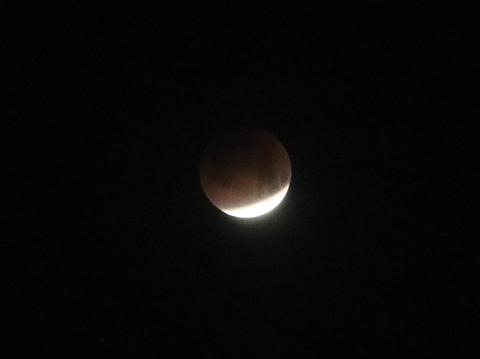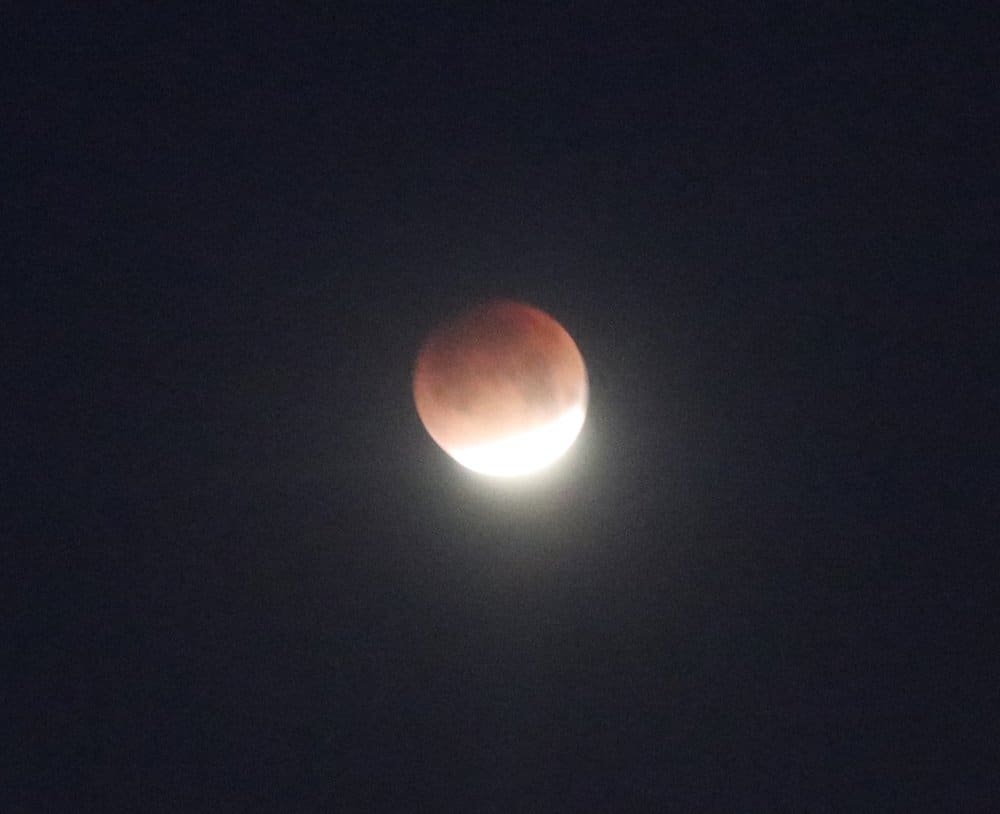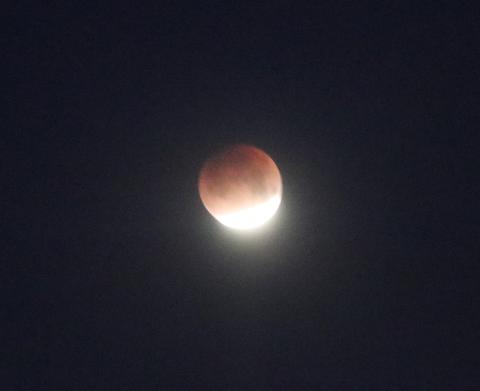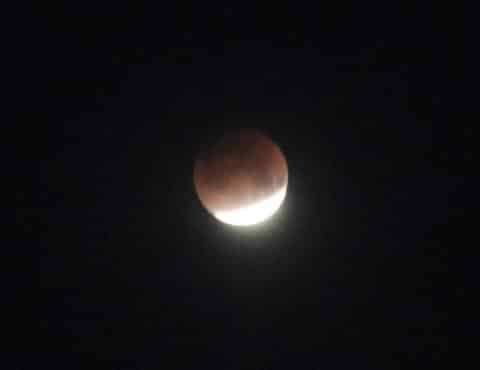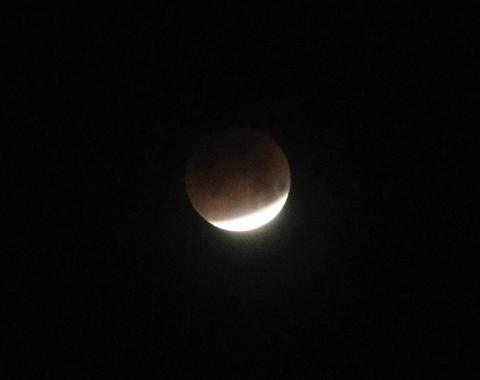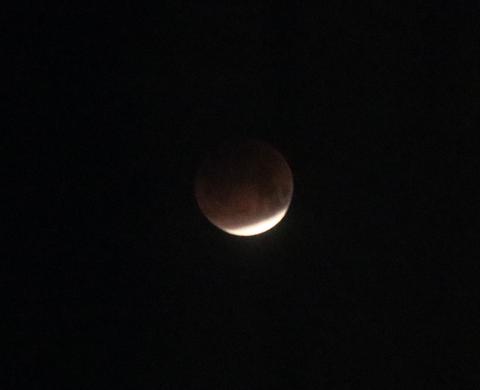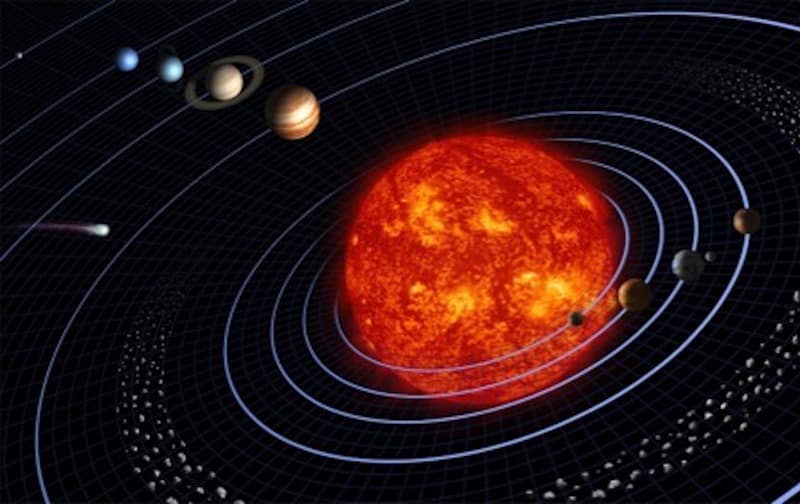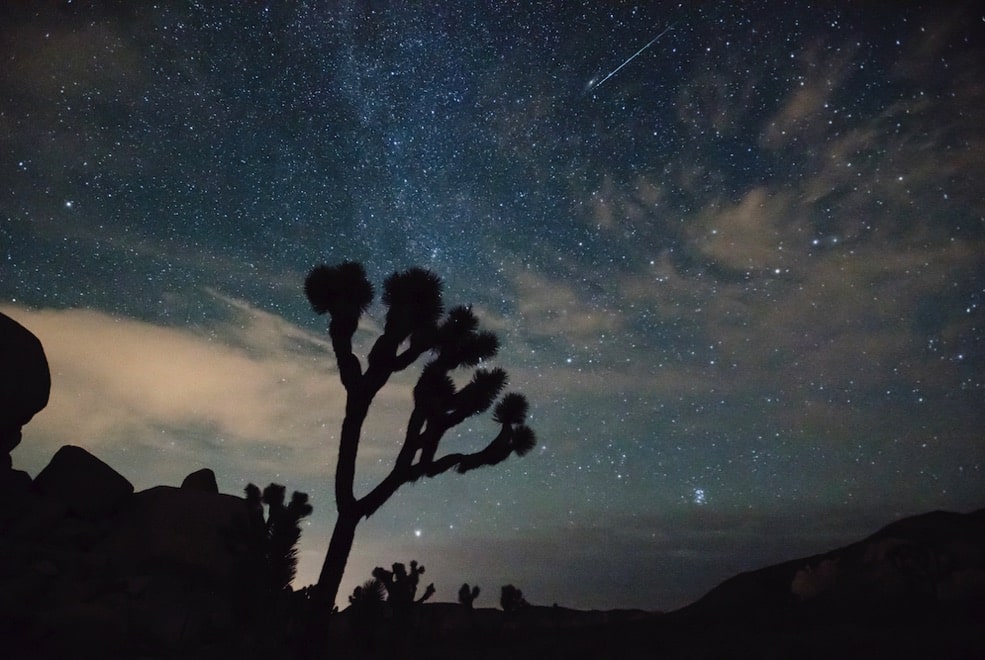
Falling Stars and Wishes
Falling Stars and Wishes
How many times have you wished on a falling star?
I’ve made hundreds of them. If I really, really wanted something, I’d check the calendar for meteor showers! How lame is that? Warning – Be careful what you wish for – seriously.
As near as I can find, one of the earliest written references to “wishing” on shooting stars originated around 100 CE from the Greek astronomer and astrologer Ptolemy. To paraphrase, he said that when the gods were bored or curious, they’d look down at the earth to see what we were up to. Apparently, they would do this from “between the spheres” and in so doing would accidentally knock some of the stars loose which would appear to us as shooting stars. Since the gods were looking down and the people had their attention, it was the best time to say prayers or make wishes.
The Greeks thought of them as the rising or falling of human souls. I find this one interesting because when I was little, I asked my grandmother (who was not Greek) “where do babies come from?” and she told me: “Whenever you see a falling star, that’s when you know a baby is being born.” I liked that.
Of course, the physical reality is that the streak of light across the sky was a meteor. It was probably a chunk of rock that broke off an asteroid orbiting somewhere between Mars and Jupiter. Personally I think it doubles one’s luck when something traveling great distances through space streaks across the sky and we get to witness it. Luckier still, if we find one that hit the earth – unless of course you happened to be one of the dinosaurs!
Back to wishes, I suspect that the concept of wishing on a falling star probably didn’t originate with Ptolemy. The celestial bodies have always been associated with the divine. In ancient times looking up at the night sky was a sacred experience. They could always see the stars and planets as well as the spiral arm of the Milky Way galaxy that earth rides on. I imagine the view back then was spectacular without all the light pollution that we experience today. Things happened up there, a lot of things. In their minds of course the gods were present – what else could it possibly mean? So they prayed to the streaks (the gods, aka the meteors). Most likely “to wish on a falling star” is drawn from those ancient beliefs.
When we wish on a falling star it’s like we’re having a conversation with the universe. To me, it’s a good omen when we see these events in person. So let’s make a wish, let’s make lots of them… you never know when the universe might be listening.
For some serious wishing, be sure to check out a few meteor showers.
Click here for more information about meteors and an excellent 2024 meteor shower calendar by SkyandTelescope.
PHOTO CREDITS:
Meteor streaking through the Desert: Wikimedia Commons
Views: 366











